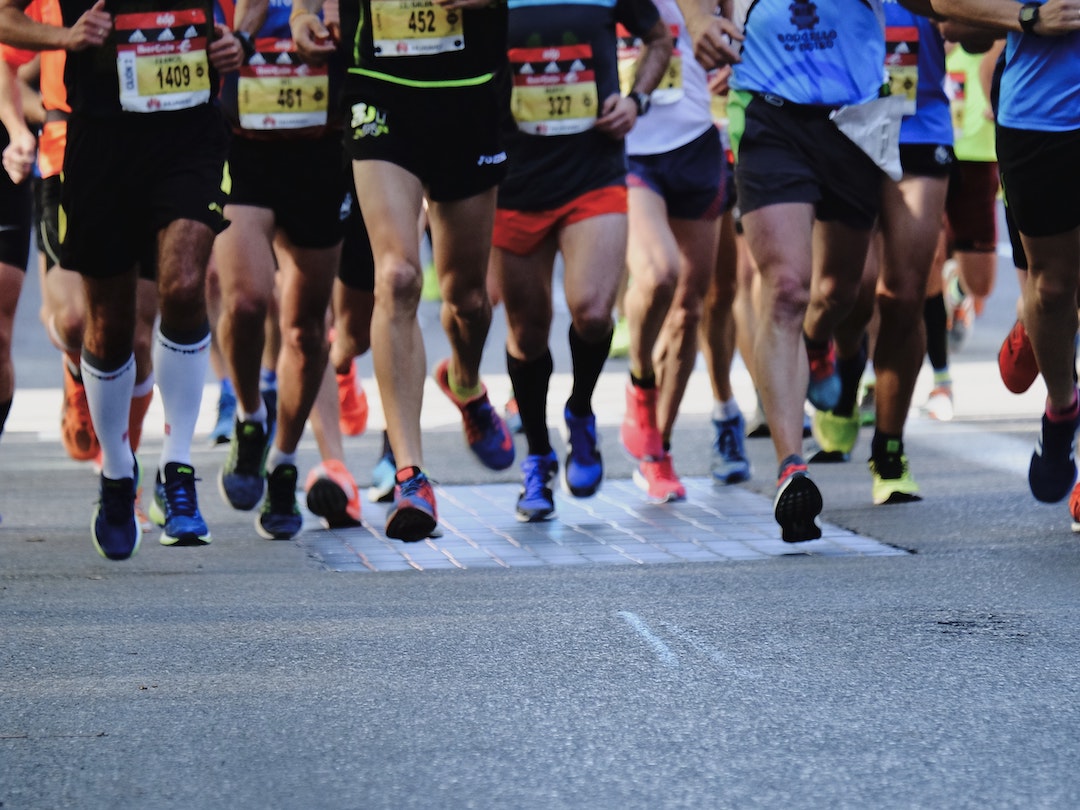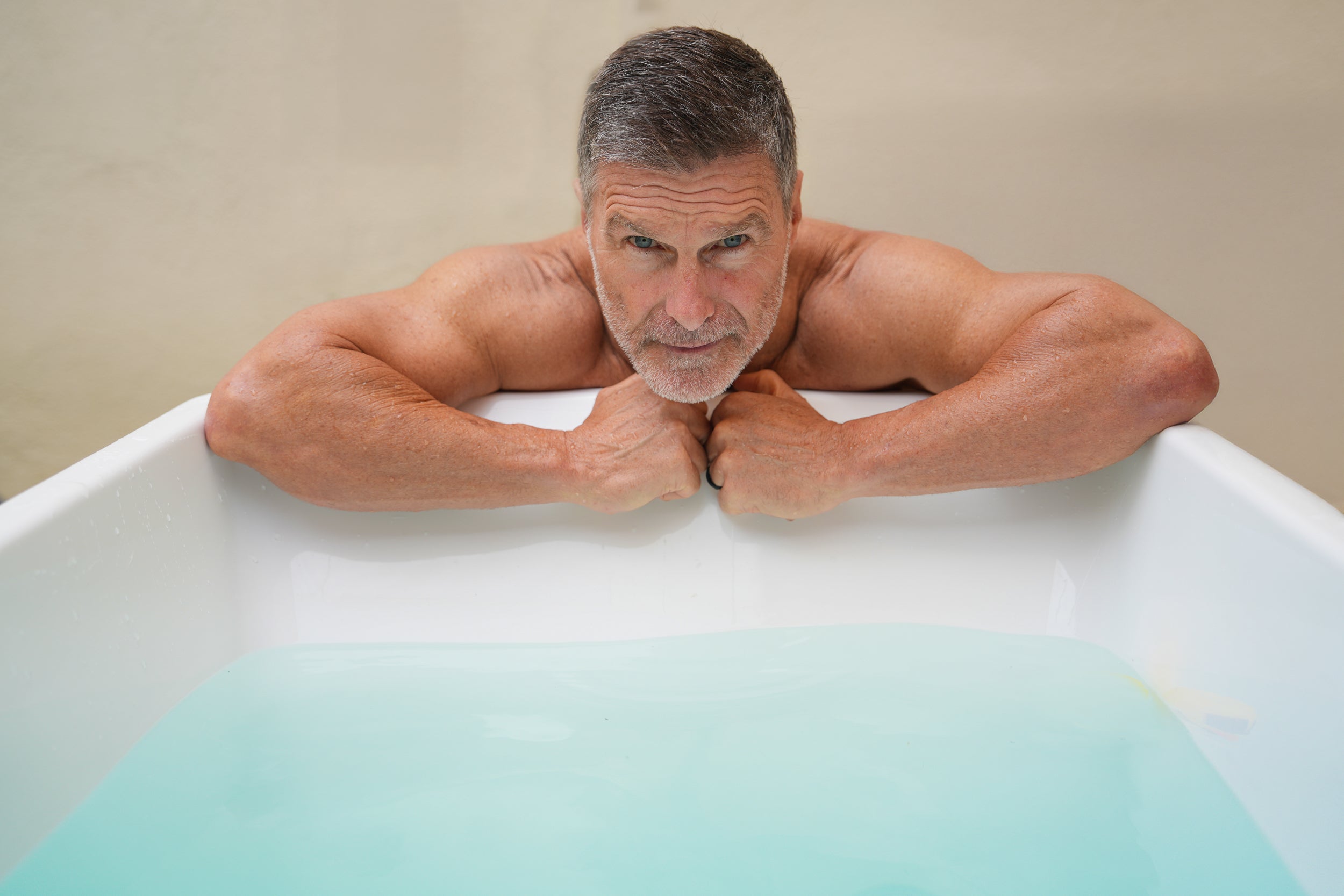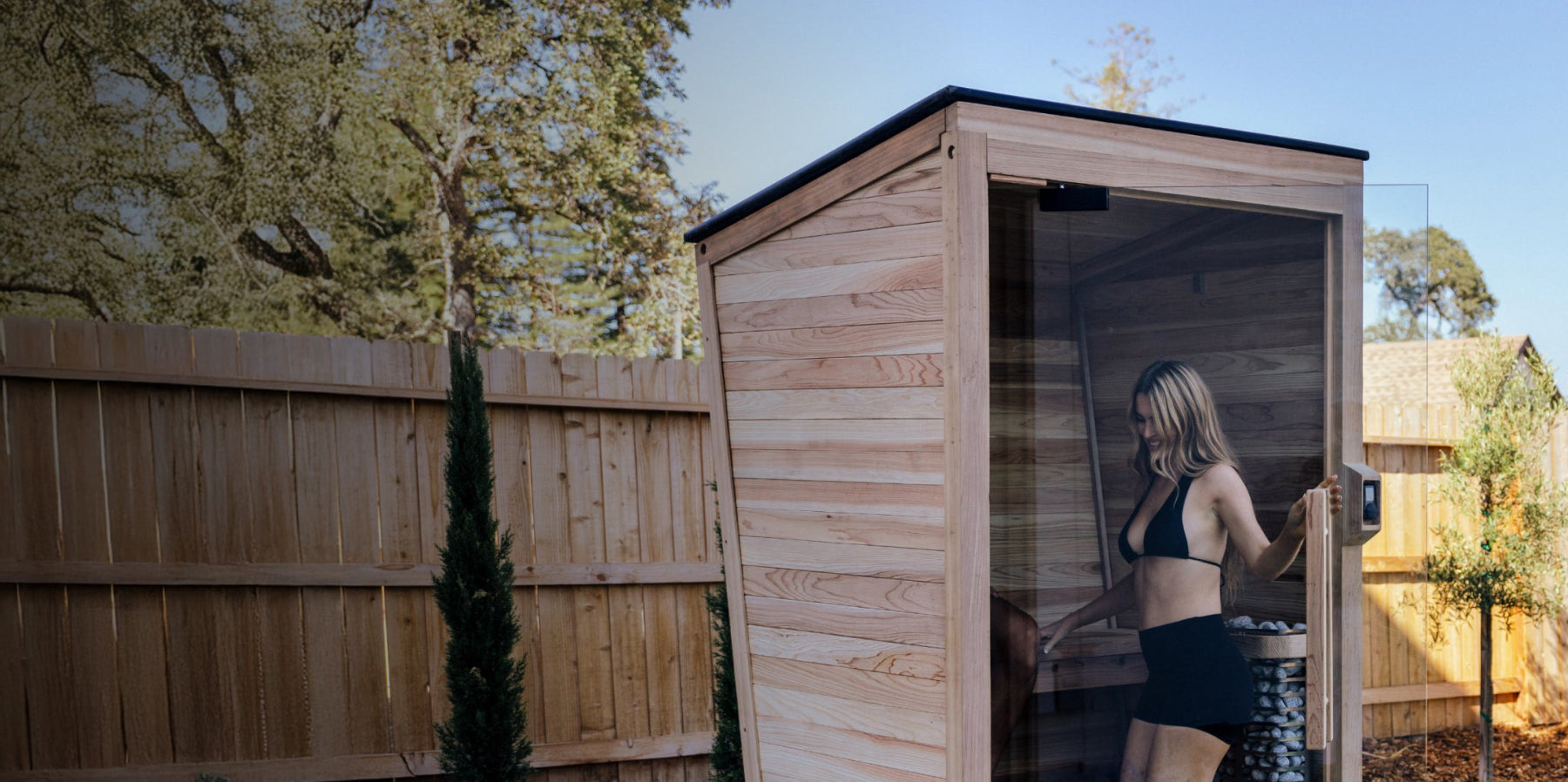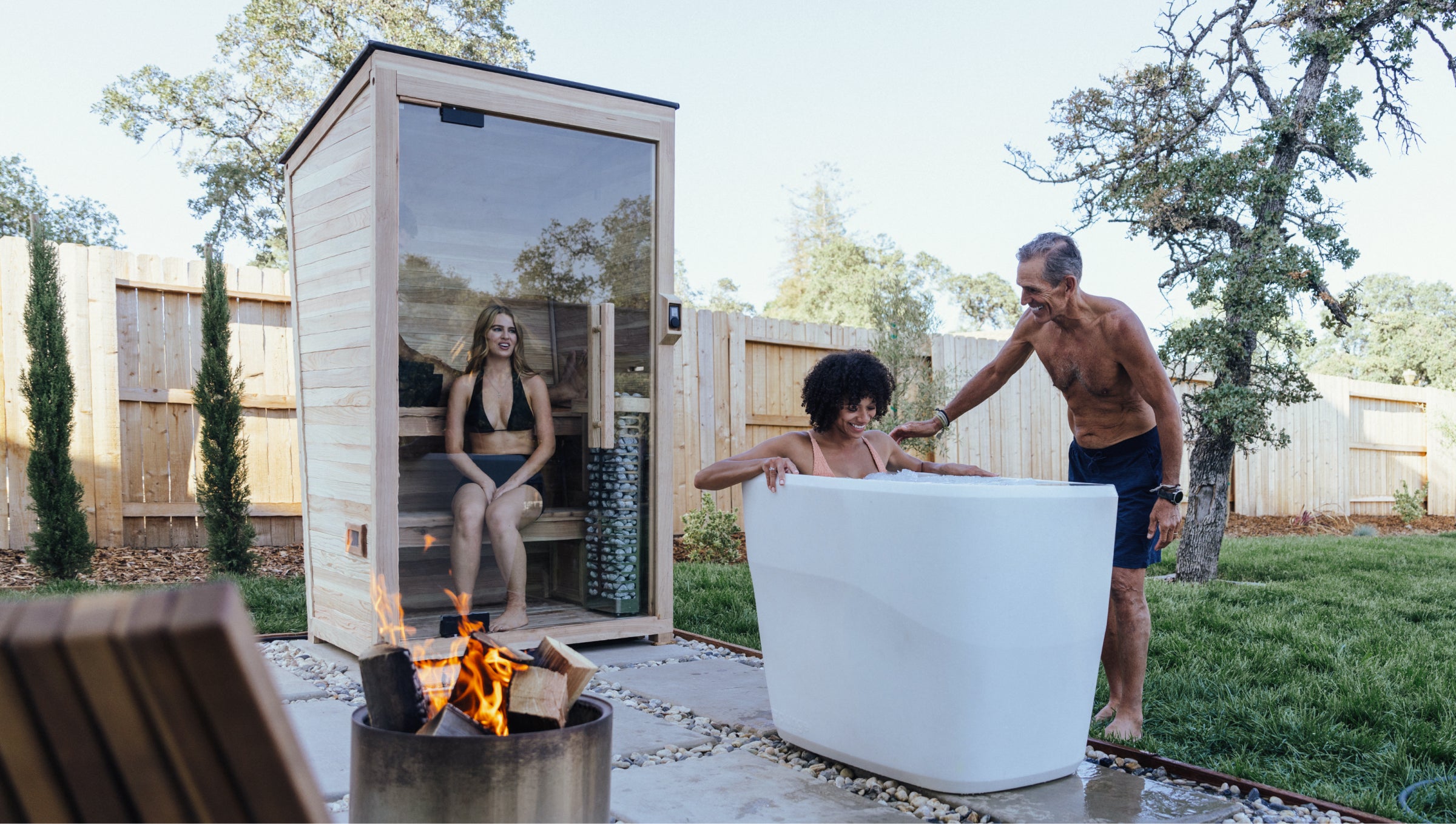
Should You Cold Or Hot Soak After a Marathon
As far as athletic events go, the marathon ranks as one of the more challenging feats to accomplish. You have to display incredible stamina, strength, technique, and resilience to make it to the finish line, and don’t get us started on all the preparation you should go through. Unless you’re already accustomed to running marathon-length distances, this race is not for the faint of heart.
As you might expect, for all the trauma you put your body through during a marathon, you’ll need to be ready for some serious recovery time. Depending on who you ask, it can take from 4 to 42 days to fully recover and rest up after a marathon! However, every person will have a different recovery experience, and your recovery will be entirely up to you.
Thankfully, there are some excellent ways you can help along your recovery journey after you cross the finish line! Some of these methods you might expect, like active recovery techniques, stretching routines, and massages. Others, like contrast therapy and cold plunging, you might not be so used to!
This article will explore some of these more niche techniques and hopefully give you the lowdown on what treatment is right for you. From cold tubs and cryotherapy chambers to hot tubs and heating pads, keep reading for our definitive guide to Marathons and Temperature Therapy.
What Happens After A Marathon?
Like we briefly mentioned before, marathons are no joke when it comes to the toll they can take on your body. Regardless of fitness levels, age, or running experience, if you run a marathon, be prepared for a shock to your system.
There are some lesser pains and aches that you might feel, such as running noses, leg and foot cramps, and general soreness, while other symptoms can be much more intense! You’ll probably have trouble walking up stairs for a few days, thanks to Delayed Onset Muscle Soreness (DOMS), and you’ll want to drink plenty of liquids for the next few weeks, as you can lose up to almost 11 pounds of water weight during the course of the race!
There are also some severe cases of post-marathon recovery, such as losing bruised toenails or a decreased immune system, but for the most part, you should be good to go after some well-earned recovery! You can also help your recovery out by extensively preparing for the day of the big race.

Hot Soak vs. Cold Soak
Plenty of runners swear by temperature-based therapies, and if you haven’t tried them before, you should definitely check them out. However, if you misuse them, you can do more harm to your body than good.
If you take nothing else away from this article, just remember:
Hot is for before the marathon, and cold is for after!
When to Hot Soak
Though you might be tempted to collapse into a hot tub the night after your big race, we’d urge you to reconsider! After the extreme workout you just put your body through, your muscles and joints will likely be inflamed. Inflammation is one way the body helps with muscle repair, as inflammation triggers an immune response that starts to repair your damaged cells.
When anything is inflamed, from a sprained ankle to sore muscles, you want to avoid hot water at all costs! Hot water will only exacerbate the symptoms of your post-marathon recovery instead of healing them. This is because of our body’s relationship to temperature and how it affects our cardiovascular system.
Hot tub therapy, or heat therapy in general, is best used before a workout, as the heat causes our blood vessels to expand and swell, increasing the circulation to muscles and joints. By applying heat therapy to your body roughly 15 to 20 minutes prior to a workout or race, you can warm up your muscles and joints, reducing the chance of significant muscle damage.
For proper muscle recovery, you should instead turn to a nice cold tub.
Cold Soaking After a Marathon
After a successful marathon, one of the best ways to recover might be with an ice bath. Not only will the cold temperatures help you relieve pain, but they will also actively work to reduce inflammation and help your muscles recover faster.
The pain relief is thanks to the numbing effect that cold has on the body. It’s the same principle as putting ice packs on your more minor injuries! Reducing your inflammation, however, is the best benefit you can reap from a post-marathon ice bath.
Just like a hot bath will open up your blood vessels to increase circulation, a cold bath with close those same vessels. This, in turn, reduces inflammation throughout the body, helping your body work through the exercises you just put it through. Once you step out of the tub, your vessels will gradually open up again, a process that actually works to flush out lactic acid and metabolic waste produced by your workout!
In some cases, you can try a mixture of both therapies in a practice (not so creatively) called “Hot and Cold Therapy.” This consists of switching between hot and cold tubs after a workout to increase the level of circulation in your body by “manually” expanding and contracting your blood vessels. Just be sure to consult a doctor if you’re unsure about any of the practices before you try them!
Final Thoughts
Of course, there are other steps you can (and should) take after a marathon to help your body recover. Practice active recovery by doing some light exercise for the few days following the marathon. This can be as simple as a short walk around the block or a light session of yoga.
After a period of time, you can also begin to add more hot therapy into your recovery routine, as heat can loosen up stiff and sore muscles. Just be sure to wait at least 48 hours after the race has finished before adding heating pads to your recovery arsenal.
A Marathoner’s Best Friend
Before your next big race, come check us out at Plunge to get set up with all of your cold tub needs! Our revolutionary PLUNGE tubs are perfect for soaking after a workout, plunging in the morning to wake up, or even building out a new wellness routine!






